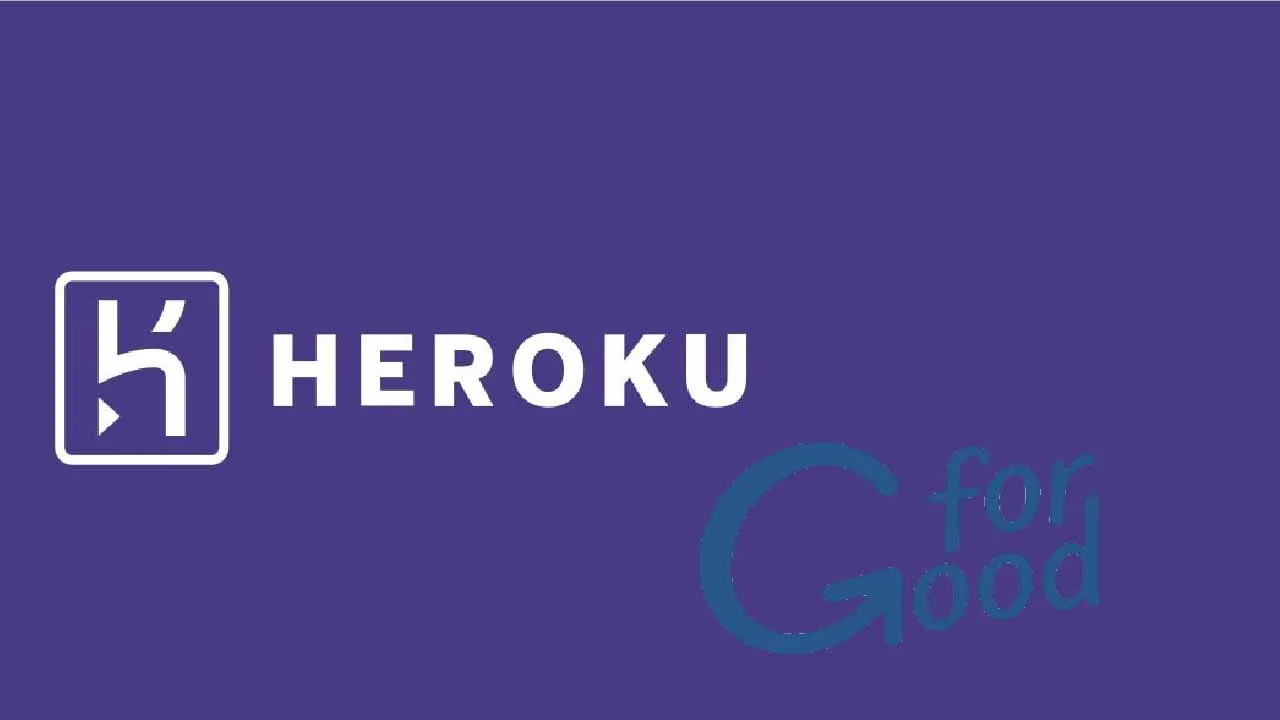I started looking into Heroku as an option for creating personal applications in my free time. In fact, I converted an existing application from the AWS ecosystem to Heroku which was captured in a series on DZone.com:
Moving Away From AWS and Onto Heroku
Starting with a brand new idea with Heroku, I was able to quickly create a fitness-based SaaS solution as well, which was documented in another series on DZone.com:
Using Heroku to Quickly Build a Multi-Tenant SaaS Product
Well over a year into using Heroku for several of my applications, I thought I would take a step back and describe how Heroku works and offer thoughts on why the Salesforce-owned solution should be a consideration for your next project.
What is Heroku?
Founded in 2007, Heroku is a platform as a service (PaaS) ecosystem which currently supports Ruby, Java, Node.js, Scala, Clojure, Python, PHP, and Go programming languages (plus community support for many other languages). Because of its ability to support multiple languages to accomplish the same result, Heroku is considered a polyglot platform.
At the highest level, Heroku intends to serve the needs of applications looking for a place to live. Developers get started by creating a Heroku “app” and introduce their original code via a standardized git repository. Heroku simply takes things from there—building and deploying the application, then serving it up for consumption as needed. This includes static resources (like an Angular or React.js application), which can be served from a Node.js implementation.
Heroku provides over 175 add-on services to complement each app, featuring:
- database services
- uptime alerts
- messaging services
- automatic backups
- search
- metrics
- mail delivery
#heroku #java #go #node #clojure #php
